Have you ever heard the sweet melodies of the small birds of North Carolina?
These tiny creatures may be small in size, but their songs are mighty and captivating.
With over 21 different types of small birds residing in North Carolina, these feathered friends offer a colorful and diverse array of beauty and wonder in the state’s natural landscapes.
From the striking blue hue of the Eastern Bluebird to the adorable roundness of the Carolina Chickadee, these birds offer a unique and fascinating glimpse into the natural world.
So, whether you’re a bird enthusiast or simply looking to appreciate the beauty of North Carolina’s wildlife, get ready to discover the 21 types of small birds that call NC their home.
| Image | Name |
|---|---|
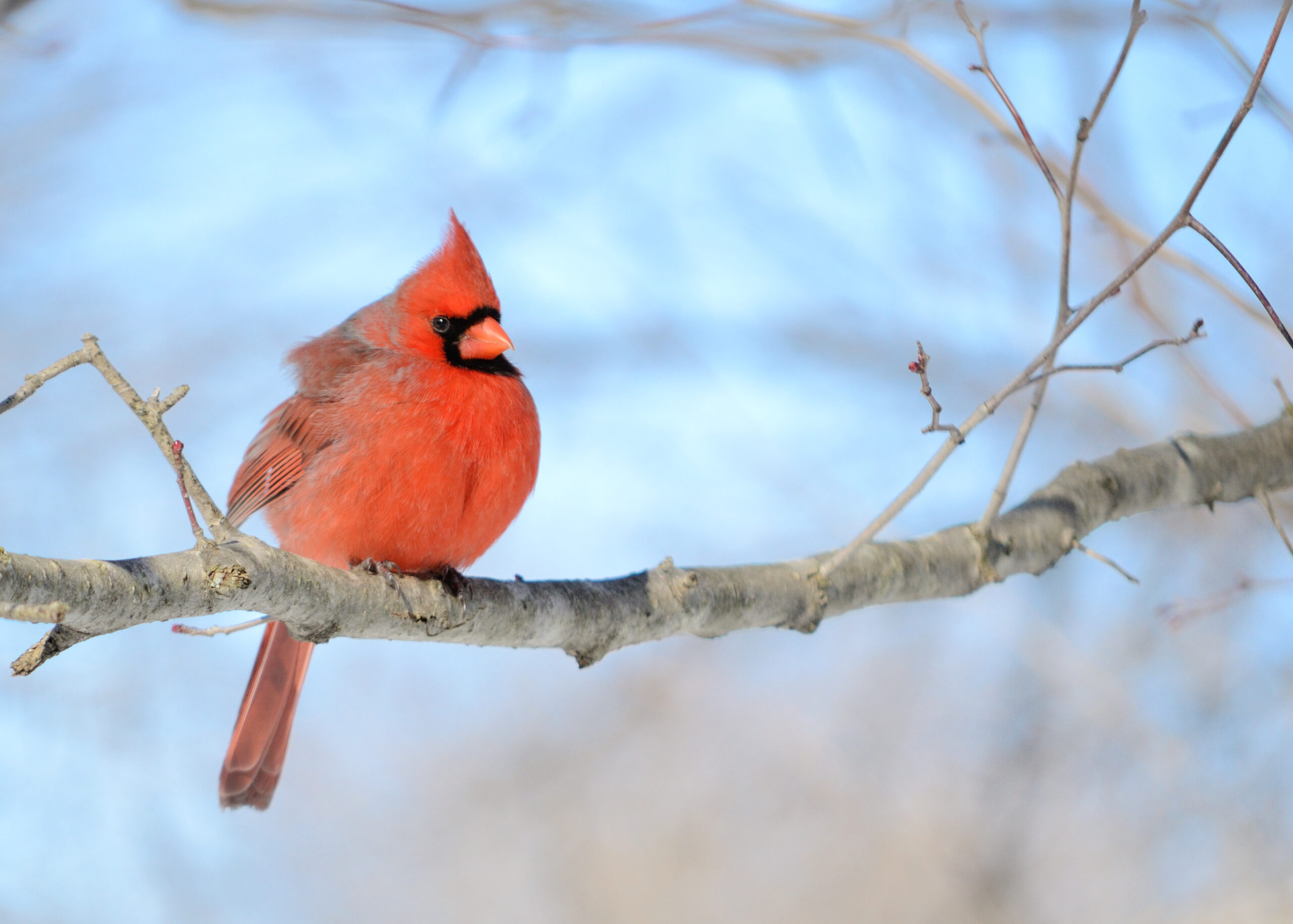 | Northern Cardinal |
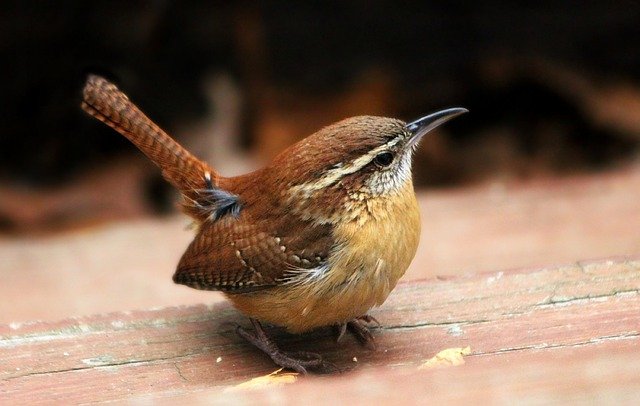 | Carolina Wren |
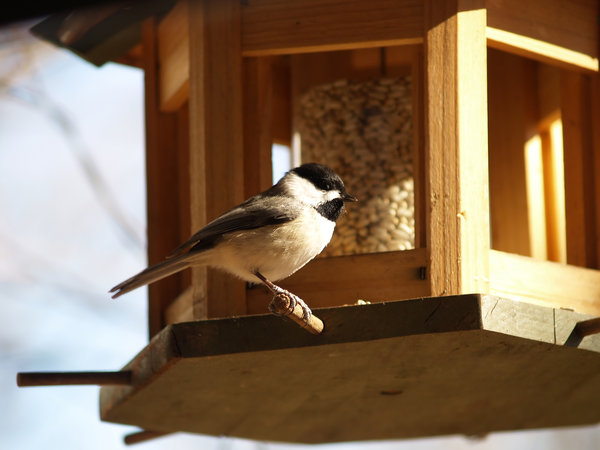 | Carolina Chickadee |
 | Tufted Titmouse |
 | Eastern Bluebird |
 | Eastern Towhee |
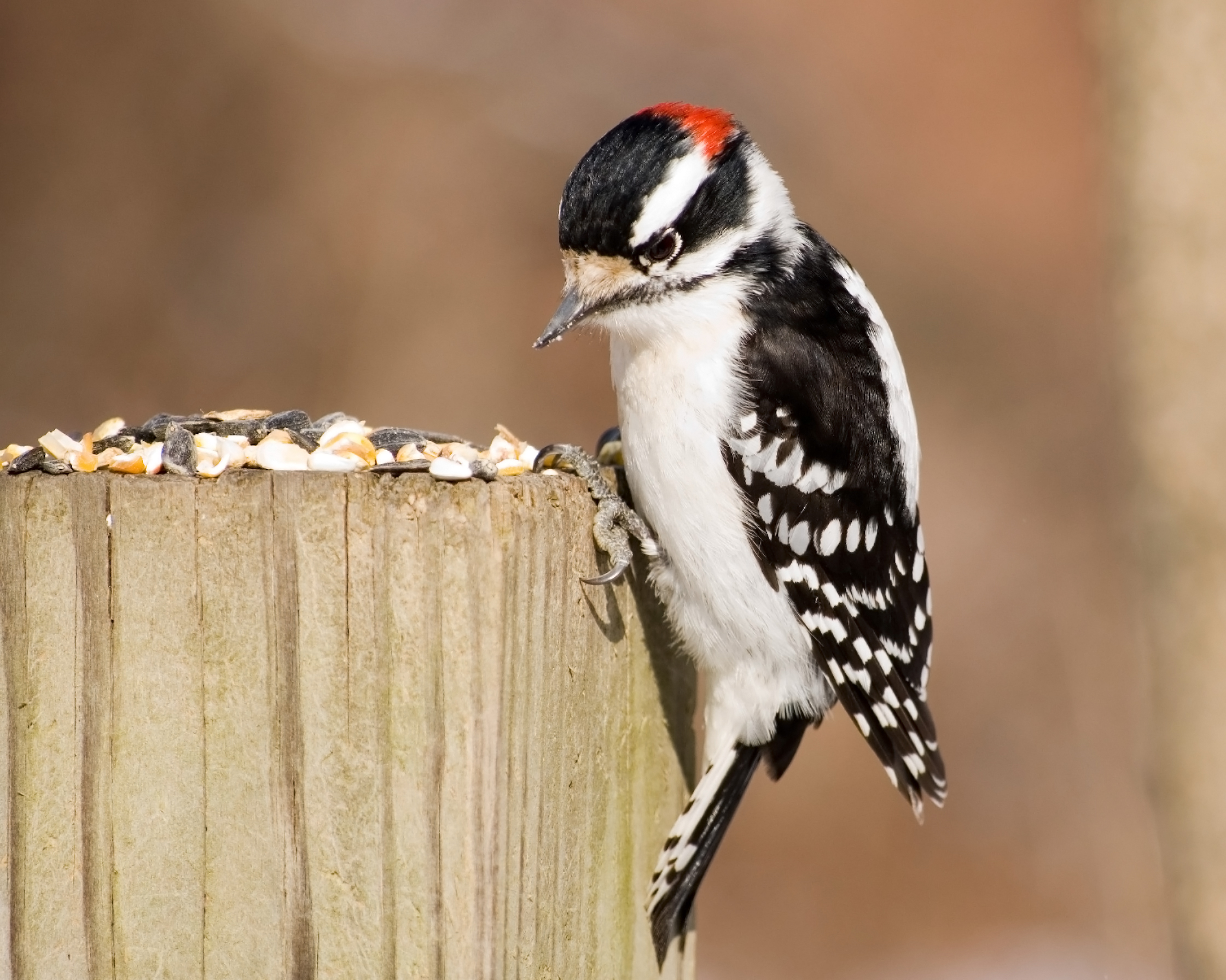 | Downy Woodpecker |
 | American Goldfinch |
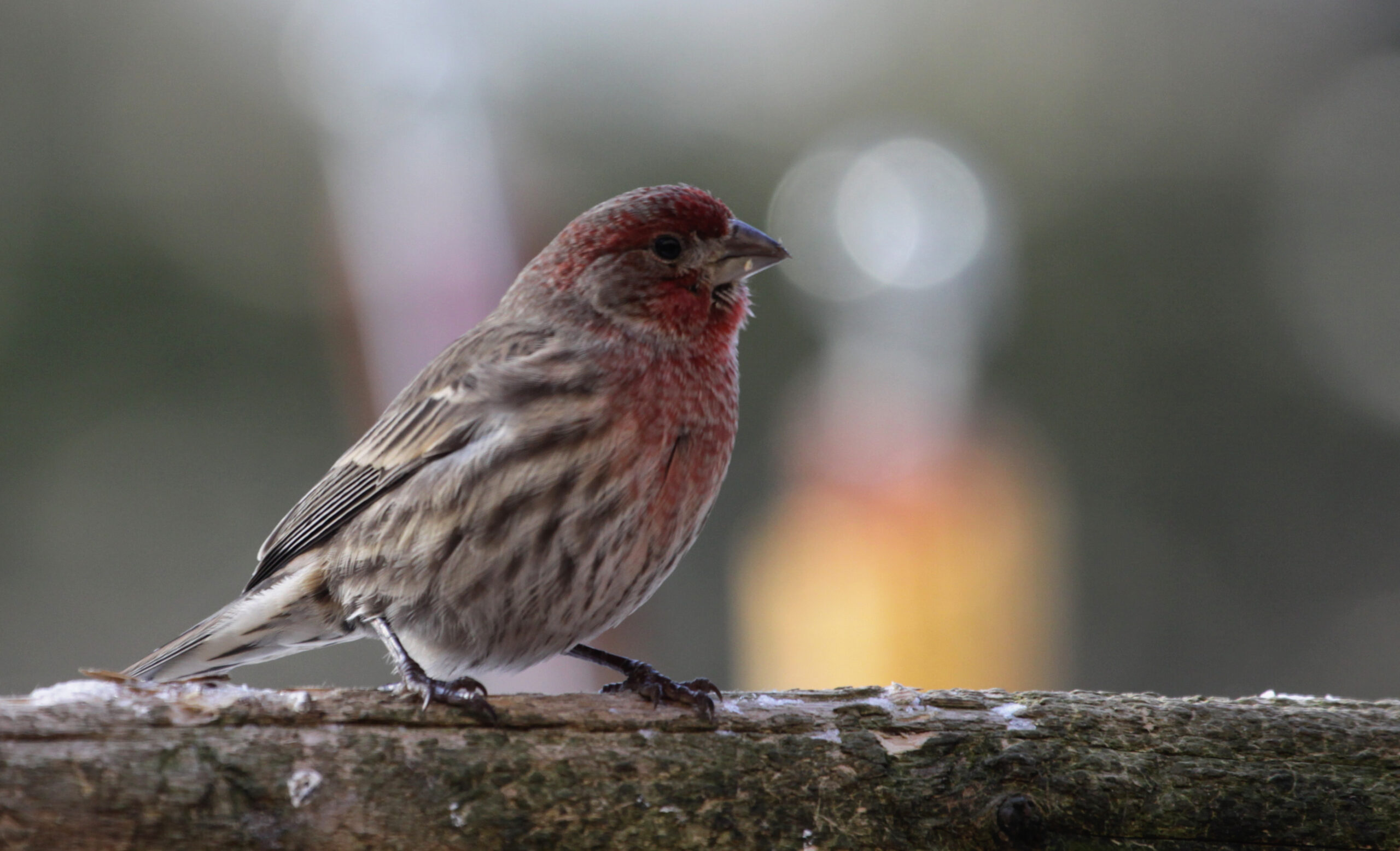 | House Finch |
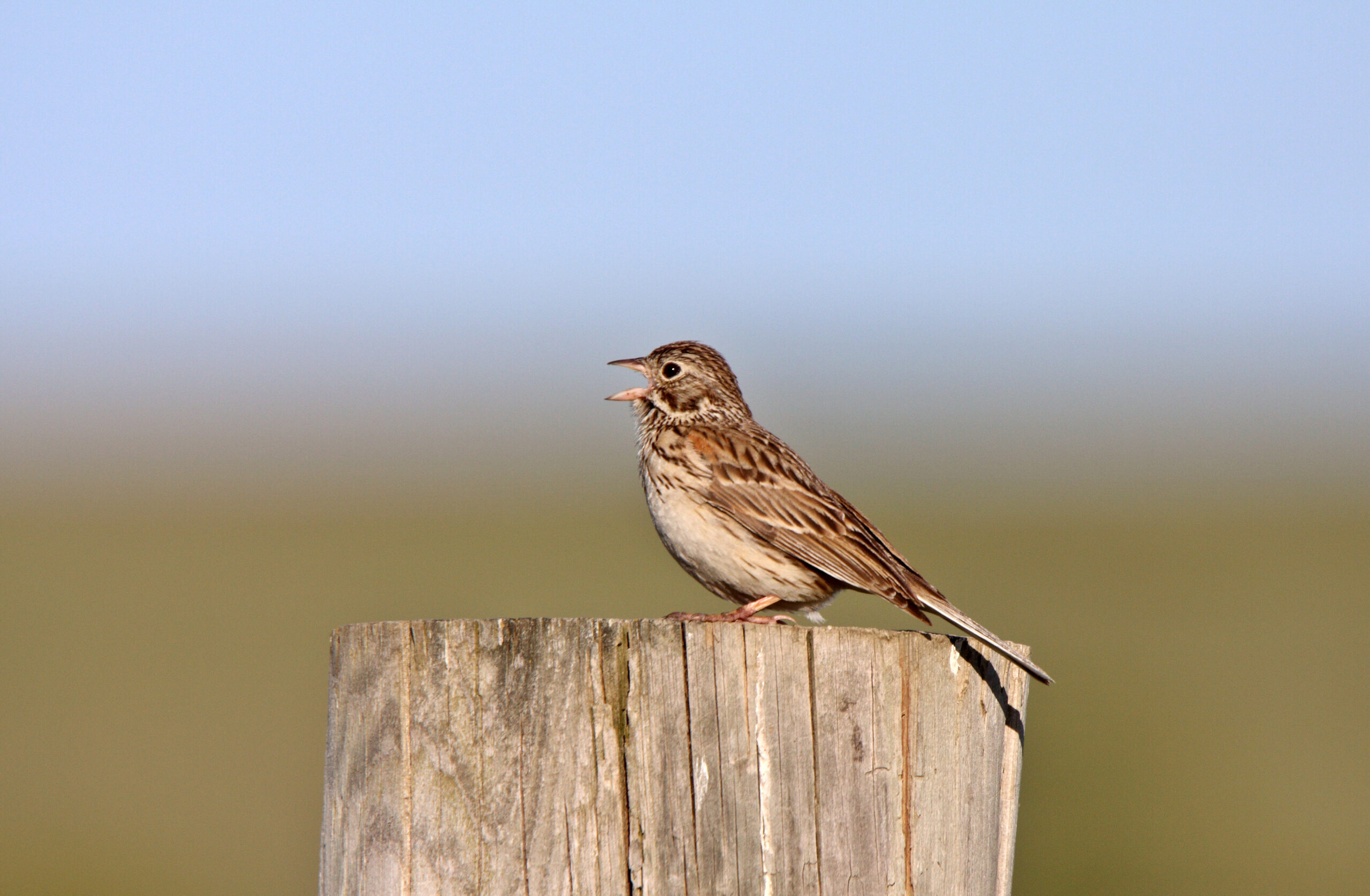 | Song Sparrow |
 | White-breasted Nuthatch |
 | White-Throated Sparrow |
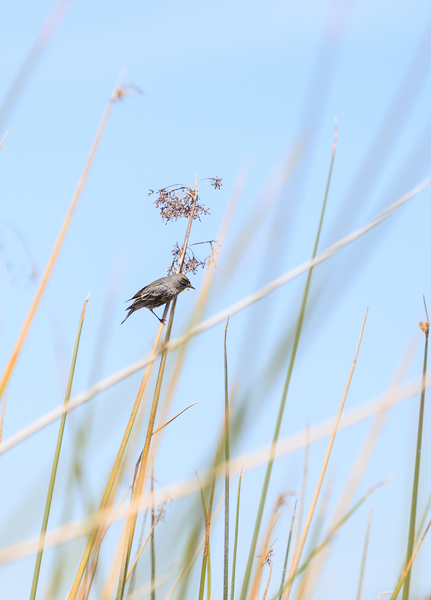 | Yellow-rumped Warbler |
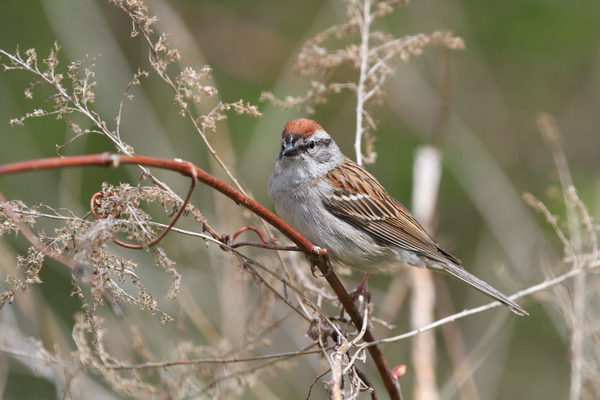 | Chipping Sparrow |
 | Eastern Phoebe |
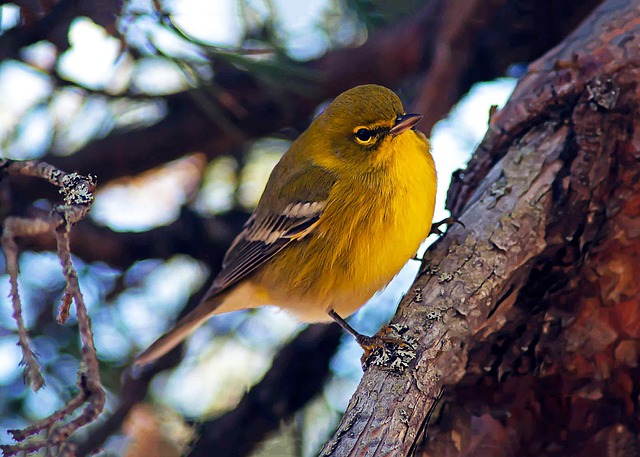 | Pine Warbler |
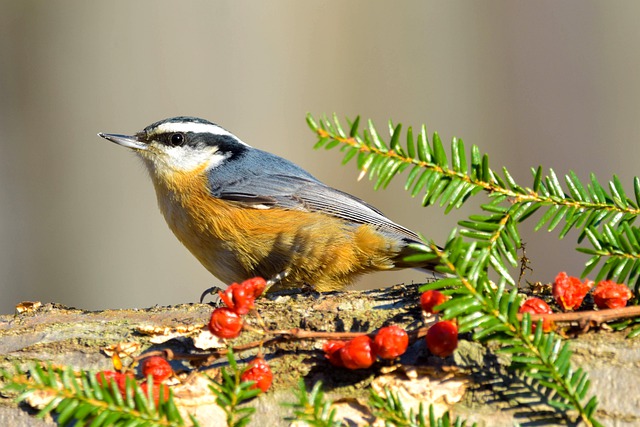 | Red-breasted Nuthatch |
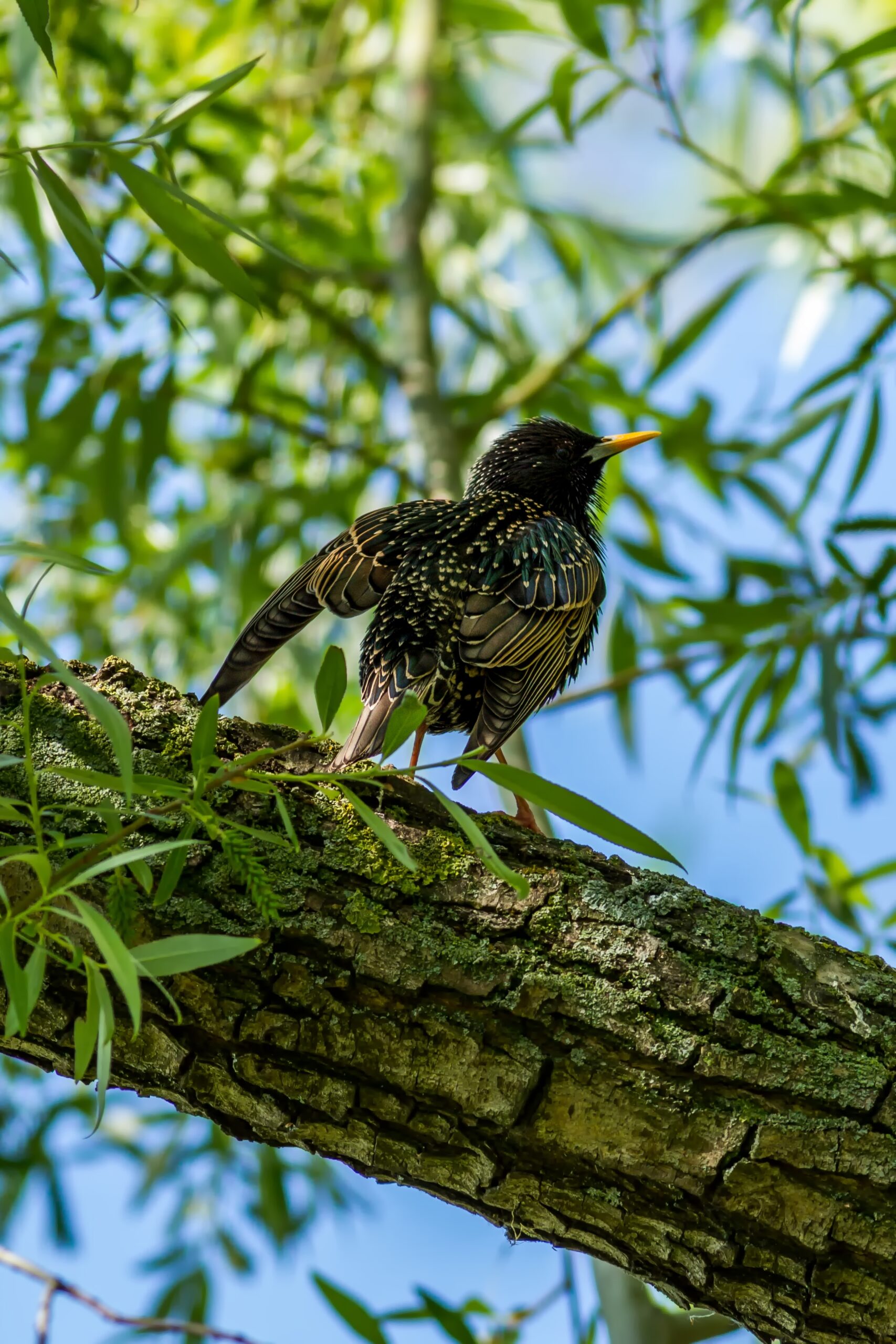 | Eurasian Starling |
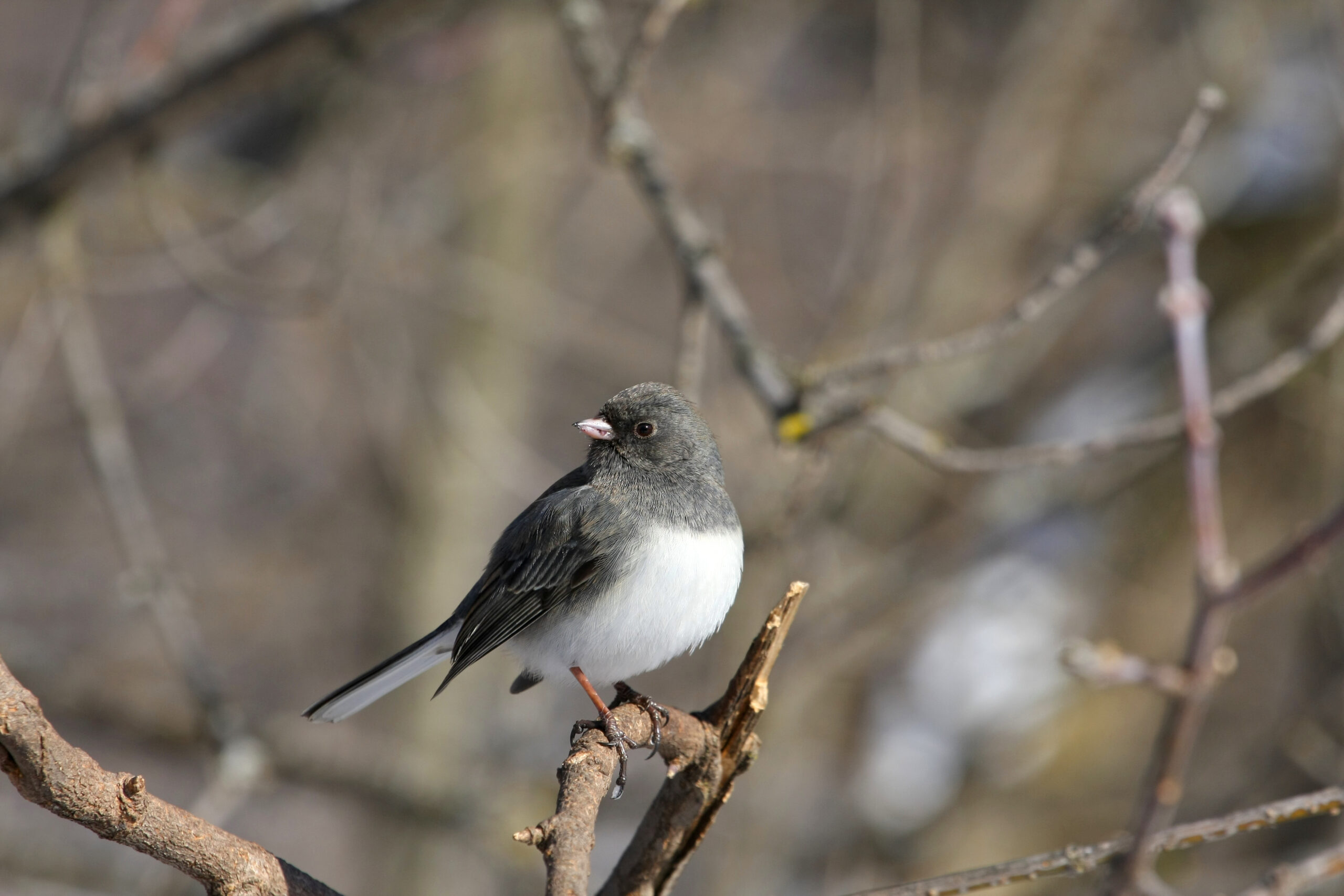 | Dark-eyed Junco |
 | Red-Winged Blackbird |
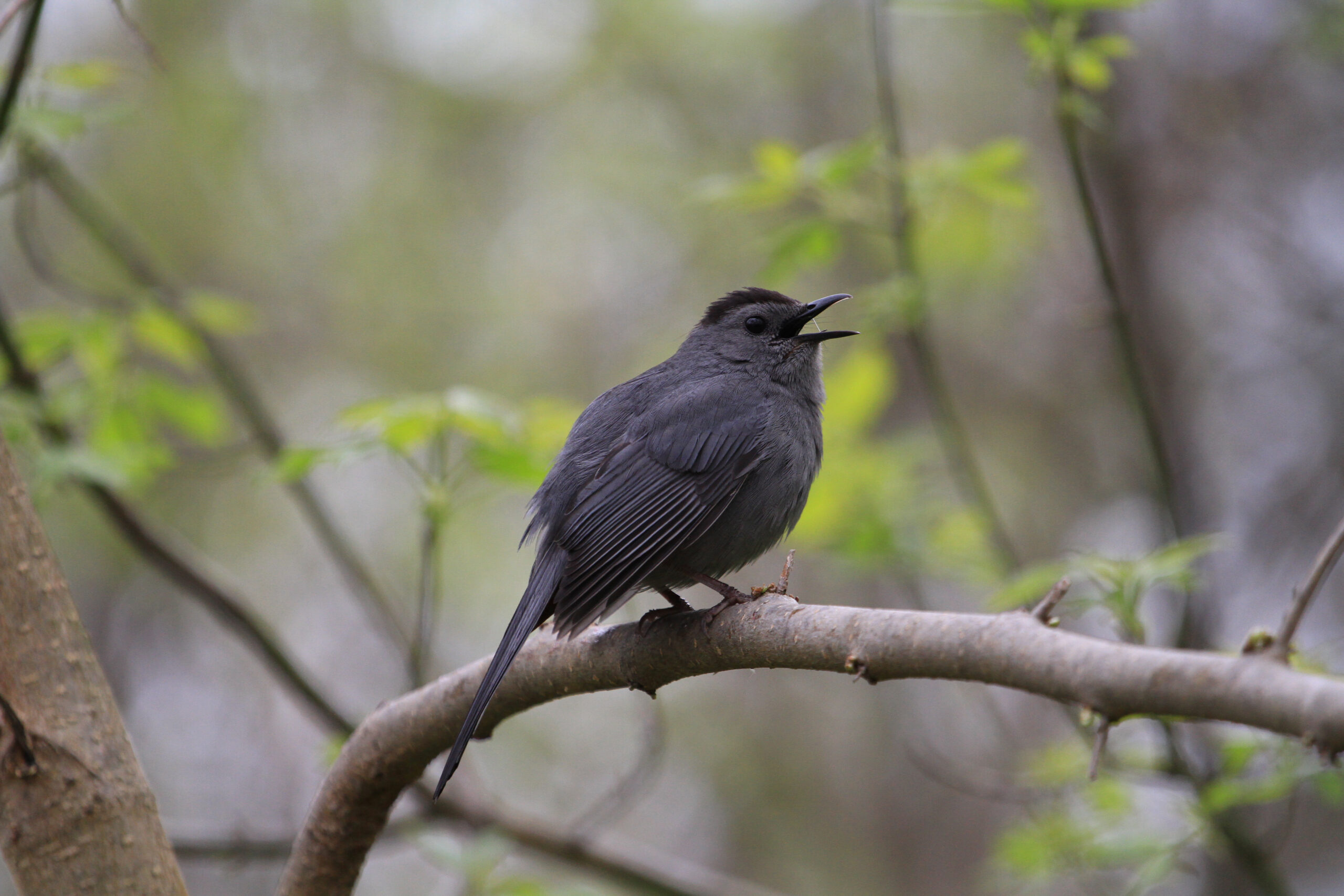 | Gray Catbird |
Types of Small Birds in North Carolina (NC)
1. Northern Cardinal

In North Carolina, you may see Northern Cardinals any time of the year.
The male Northern Cardinal stands out against the white snow with his brilliant red plumage and black mask.
With their brown plumage, red accents pointed brown crests, and bright red beaks, females may be just as flashy as males.
During the mating season, Northern Cardinals may be so obsessed with protecting their territory that they can even fight their own reflection.
Peanut hearts, sunflower seeds, milo, and millet will all bring more Northern Cardinals to your garden feeders.
They’ll eat out of everything from huge tube feeders and hoppers to platforms and even strewn-about food.
2. Carolina Wren

In North Carolina, you may hear Carolina Wrens singing almost any time of the year.
The Carolina Wren is a little, timid bird with a light brown underside and a dark brown upper part.
They sing a loud teakettle song and possess a white band across their eyebrows and an erect tail.
In the Southeastern and Eastern United States, Carolina Wrens spend the winter as permanent inhabitants.
They like dense vegetation and wooded regions as their habitat, although they may be seen at backyard feeders.
Putting out suet feeders, sunflower seeds, or peanut hearts in big on-platform feeders or tube feeders can entice numerous Carolina Wrens into your garden.
3. Carolina Chickadee

Throughout the year, North Carolina is home to many Carolina Chickadees.
These little birds are called Carolina Chickadees, and they have black caps, big heads, and throats, white abdomens and faces, and silky gray tails, back, and wings.
When their ranges overlap, they mate with the Black-capped Chickadee, with whom they share many physical characteristics.
Southeast and East American parks, gardens, and forests are good places to look for them.
Nyjer seeds, sunflower seeds, peanuts, and suet feeders will all help you to observe many Carolina Chickadees at your garden feeders.
They may be fed via a platform feeder, suet cage, or even a tube feeder.
The same goes for nesting in artificial structures like nesting boxes or tubes.
4. Tufted Titmouse
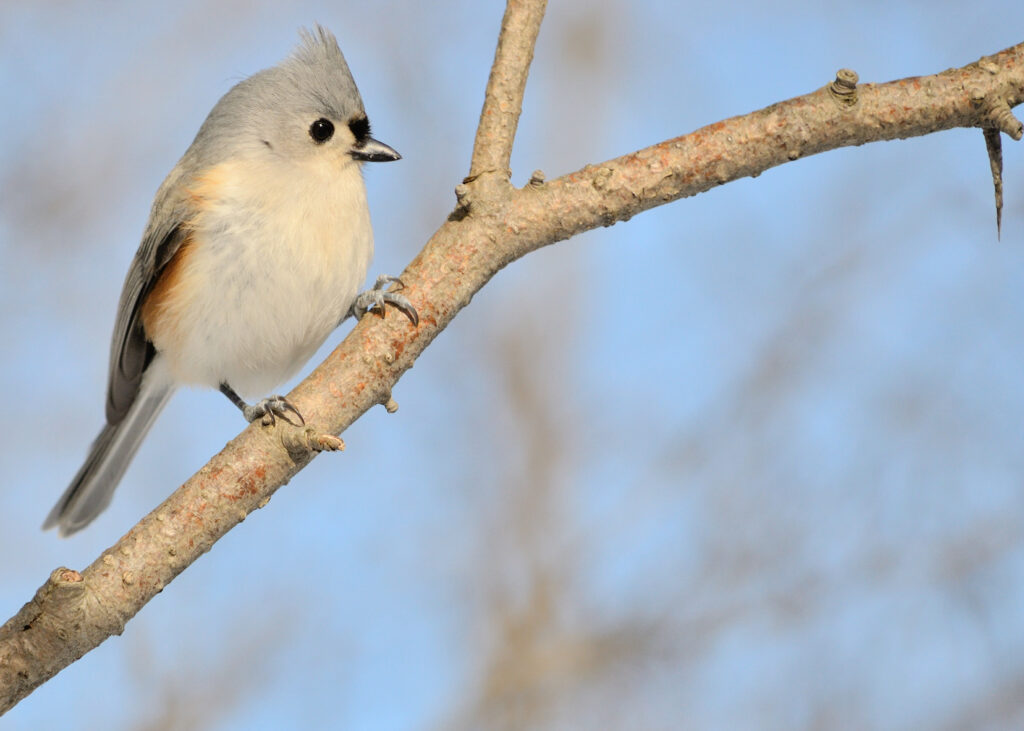
The tufted titmouse is a frequent resident of North Carolina throughout the year.
Often seen in groups of woodpeckers, chickadees, and nuthatches, the Tufted Titmouse is a little bird that is gray on the back and white on the underside with a charming gray crest and wide eyes.
They live in a number of states in the East and Southeast.
It’s not uncommon to see these birds at garden feeders, forests, and gardens, and they have been known to be aggressive with smaller birds.
Suet, peanuts, and sunflower seeds on tube feeders or suet cages can bring Tufted Titmice toward your garden feeders.
5. Eastern Bluebird

In North Carolina, Eastern Bluebirds may be seen throughout the year.
The Eastern Bluebird is a tiny thrush with a huge head, large eyes, and a massive belly.
Males possess a reddish hue on their undersides and a dark blue upper body.
The female has a more subdued orange-brown chest and a grayer upper body with hints of blue in the tail and wings.
They like grassy areas, where they may be spotted perched on low wires, branches, and posts in the forge of food.
They spend most of the year in the eastern states, although those living in the extreme north may go south for the wintertime.
If your garden is reasonably roomy and wide, you may encourage Eastern Bluebirds to settle there by providing nesting boxes and mealworms.
6. Eastern Towhee

This species, the Eastern Towhee, is found across the state of North Carolina throughout the year.
The male Eastern Towhee is particularly eye-catching, having a black back, head, and neck, long tails, a white abdomen, and reddish flanks.
The ladies resemble the males, except their coloring is brown rather than black.
Breeding populations in the Southeastern United States, although northern birds migrate toward the South for the wintertime and might only show up in the westernmost parts of their habitat at this time of year.
The Eastern Towhee is a species of bird that may be found foraging at the borders of thickets and woodlands.
If your garden has overgrown boundaries, the Eastern Towhee may find its way to your platform feeder, where it may feast on hulled sunflower seeds, sunflower seeds, millet, and cracked corn.
7. Downy Woodpecker

In North Carolina, you may hear Downy Woodpeckers throughout the year.
It’s not uncommon to see Downy Woodpeckers, a little species of woodpecker, visiting bird feeders in the backyard.
Birds like nuthatches and chickadees are frequently seen in the same areas as them.
Their backs are red, and they’re primarily white and black.
The Hairy Woodpecker is a close visual match.
Most of Canada and the United States are home to Downy Woodpeckers.
Suet feeders are ideal for attracting Downy Woodpeckers to your garden, but platform feeders with millet, peanuts, and sunflower seeds may also do the trick.
8. American Goldfinch
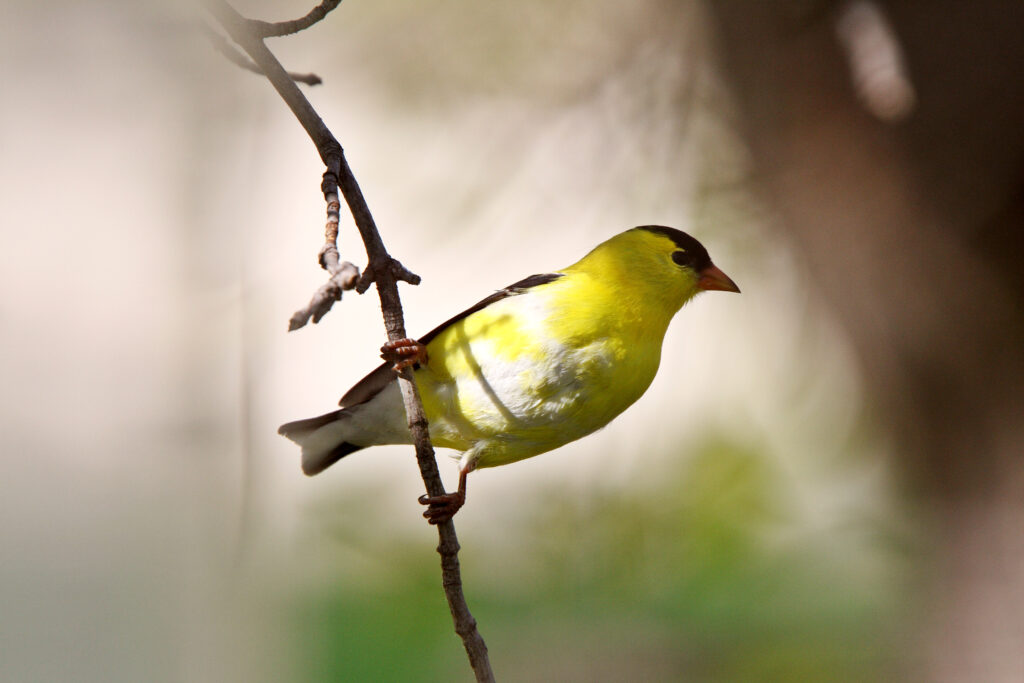
American Goldfinches may be seen across North Carolina the whole year.
Male American Goldfinches are easily recognizable because of their striking springtime yellow and black plumage.
In the winter, both sexes seem a darker shade of brown.
Breeding occurs in Canada and the northern states, after which the birds migrate to the southern states, where they spend the winter.
They forage on thistles, sunflowers, and asters in unkempt fields and thickets. Also frequent in park settings and suburban along with private yards.
Growing thistles and milkweed in your garden can entice numerous American Goldfinches to make your garden their permanent home.
They are common visitors to bird feeders, especially those filled with sunflower and nyjer seeds.
9. House Finch
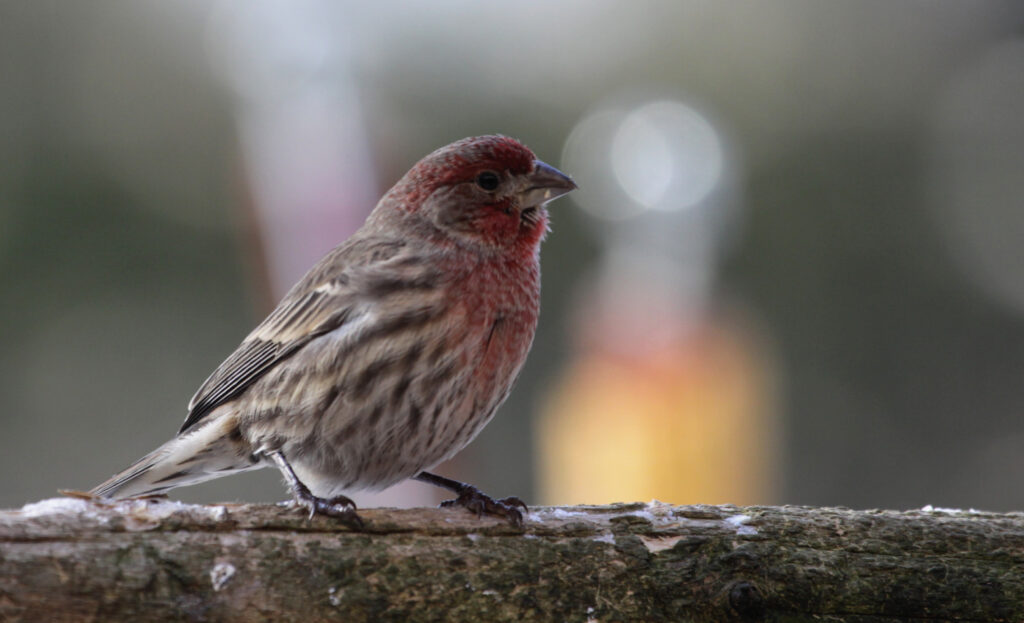
In North Carolina, Eastern Towhee may be seen year-round.
Male House Finches are bright red all throughout, while females are striped with brown.
It was introduced toward the eastern states, where it has thrived to the point that it has pushed away the Purple Finch, a bird that was formerly found solely in the western states.
They frequent household bird feeders, as well as farms, parks, and forest margins.
They gather in large, loud flocks, and their diet includes apricot, cactus, thistle, cherry, strawberry, plum, fig seeds, blackberry, fruit, and buds.
Nyjer seeds and sunflower seeds in platform feeders and tube feeders will bring additional House Finches to your garden.
This Woodlink caged feeder is ideal for attracting little birds without having to worry about bully birds like grackles devouring all the food.
The cage is sufficiently far from the feeder to prevent larger birds from just placing their heads in.
10. Song Sparrow
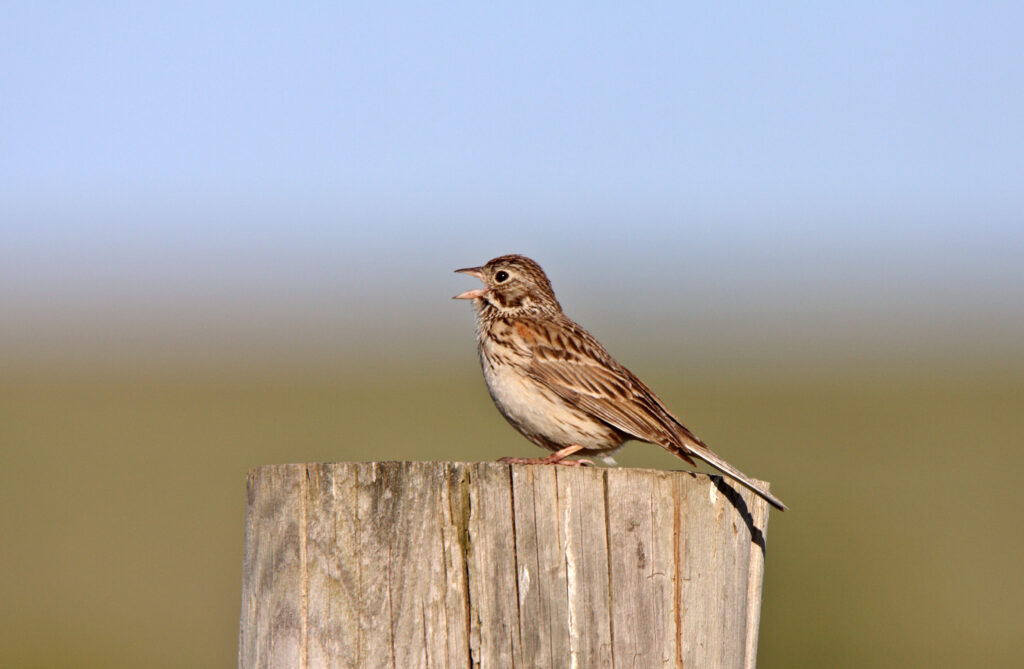
Even while Song Sparrows can be found across North Carolina year-round, the winter months of October through May are when they are most regularly sighted.
These little, mostly brown-streaked birds, known as song sparrows, aren’t as striking as some of the other garden birds, but they do utilize their nearly continual singing to find a mate in the summer and the spring.
They like bushy, open, and moist places and may commonly be heard singing from the shrub.
Earthworms, beetles, spiders, midges, and caterpillars are just some of the insects and plants that the song sparrow enjoys.
Other foods in their diet include sunflower seeds, wheat, wheat, raspberries, buckwheat, blackberries, wild cherries, and rice.
Put nyjer, sunflower seeds, and cracked corn on platform feeders in your garden to entice song sparrows.
11. White-breasted Nuthatch

It’s not uncommon to see a white-breasted nuthatch across North Carolina at any time of year.
The White-breasted Nuthatch is an energetic small bird that is gray-blue mostly on the back, white on the abdomen and cheeks, and topped with a black crown.
The underside of their tails and bellies is often a chestnut tint.
Deciduous woods, tree-filled gardens, parks, woodland margins, and feeders are common places to see these birds.
They consume mostly insects such as beetles & their larvae, ants, caterpillars, and even spiders.
Acorns, sunflower seeds, hawthorn berries, and even maize crops make up a portion of the White-breasted Nuthatches’ diet.
To obtain the seed out of acorns and nuts, these birds would press them into the bark of a tree and afterward “hatch” them by bashing them with their beak.
Putting out peanuts and sunflowers seeds in suet or tube feeders can bring in numerous White-breasted Nuthatches toward your garden.
12. White-Throated Sparrow

During the colder months of October through May across North Carolina, the white-throated sparrow is one of the most frequent little birds seen.
The head of a White-throated Sparrow is banded white and black, the neck is white, and there is a yellow patch between the bill and the eye.
Their gray undersides contrast with their brown upper bodies.
They spend the winter in the southern and eastern United States as well as California since they are migrating birds that nest in Canada.
White-throated Sparrows are common ground-dwellers in woodland and forested environments, as well as along forest margins.
Food for White-throated Sparrows includes a variety of seeds from different types of weeds and grasses, as well as fruits, including blueberries, sumac, grapes, mountain ash, dogwood, and blackberries.
In the summer months, they also consume plenty of insects that live on the forest ground.
Sunflower seeds and millet on platform feeders will bring White-throated Sparrows toward your property.
13. Yellow-rumped Warbler

Between the months of October and May, North Carolina is home to many yellow-rumped warblers.
The Yellow-rumped Warbler is mostly gray, but it has white wing patches and bright yellow cheeks and rump.
Females may be a little darker, and birds have light yellowish rumps and sides before becoming mostly yellow and grayish in the spring.
After breeding across Canada, significant numbers of these birds make their way south across the Pacific coast, the central and southern United States, and into Central America and Mexico.
During the nesting season, Yellow-rumped Warblers are commonly seen in evergreen woods, whereas in the winter, they prefer open fields having fruity shrubs.
In the summer months, they subsist mostly on insects; however, during the wintertime, they switch to eating fruit such as wax myrtle and bayberry.
Peanut butter, raisins, suet, and sunflower seeds will all bring these stunning warblers toward your garden.
14. Chipping Sparrow

Even though Chipping Sparrows might be seen across North Carolina year-round, the summer months of May through August are when they are regularly sighted.
Chipping Sparrows are long-tailed, thin birds with a red head and black eye line, a grey abdomen, and black and brown streaking on the back. Colors tend to be muted in the winter.
As they breed over most of North America and Canada, they migrate south to warmer climates across Mexico and Florida for the wintertime.
They spend the whole year in the South.
They congregate in small groups in open areas and often visit backyards in search of the many types of bird feed offered there.
15. Eastern Phoebe

Although Eastern Phoebes may be seen in North Carolina throughout the year, the spring and autumn migratory seasons see a significant rise in their population.
Eastern Phoebes are songbirds that are greyish-green on the back, white on the underside, and have blackheads.
They nest over the central and northern United States and then into Canada, and then go south to Mexico and the southeastern United States for the wintertime.
South region is their typical range, and some species may winter over.
Instead of hanging together in groups or couples, Eastern Phoebes prefer to spend their time alone, chirping softly from low branches in calm forests.
Being flycatchers, their primary food source is flying insects; however, they may also eat spiders, other insects, seeds, and tiny fruit.
They build their grass and mud nests in unusual places, such as atop barns, bridges, and even buildings.
The presence of Eastern Phoebes in your garden may be encouraged by the installation of a nesting box or the cultivation of berry-bearing natural plants.
16. Pine Warbler

Pine warblers are present across North Carolina throughout the year; however, they are more abundant during the winter months of October through May.
Little fat yellow birds called pine warblers have olive-colored backs, white underbellies, and gray wing bars.
Females may possess more white on their bellies and a browner overall appearance.
As its name suggests, Pine Warblers are most often seen in the upper levels of trees in pine groves.
In warmer months, they subsist on seeds and fruit; however, in the wintertime, they switch to eating insects and larvae like spiders, caterpillars, and beetles.
Even though they nest in the north, these birds move south once the breeding season is through and become permanent inhabitants of the southeast of the United States.
Millet, sunflower seeds, broken corn, suet, and peanut hearts all work well to entice Pine Warblers to your tube feeders and platform feeders.
Virginia creeper, sumac, grapes, and bayberries are just some of the natural fruits and vines you may grow to attract them.
17. Red-breasted Nuthatch

In North Carolina, you may see a Red-breasted Nuthatch any time of the year.
Although red-breasted nuthatches stay put all year round in the western and northeastern United States and Canada, they may migrate south during the winter months if cone harvests are weak.
A blue-gray upperside and a reddish lower half characterize these birds.
While red-breasted nuthatches are most often associated with coniferous forests, they have been seen at household bird feeders.
Suet feeders, sunflower seeds, mealworms, and peanuts will all bring in additional Red-breasted Nuthatches to your garden.
18. Eurasian Starling
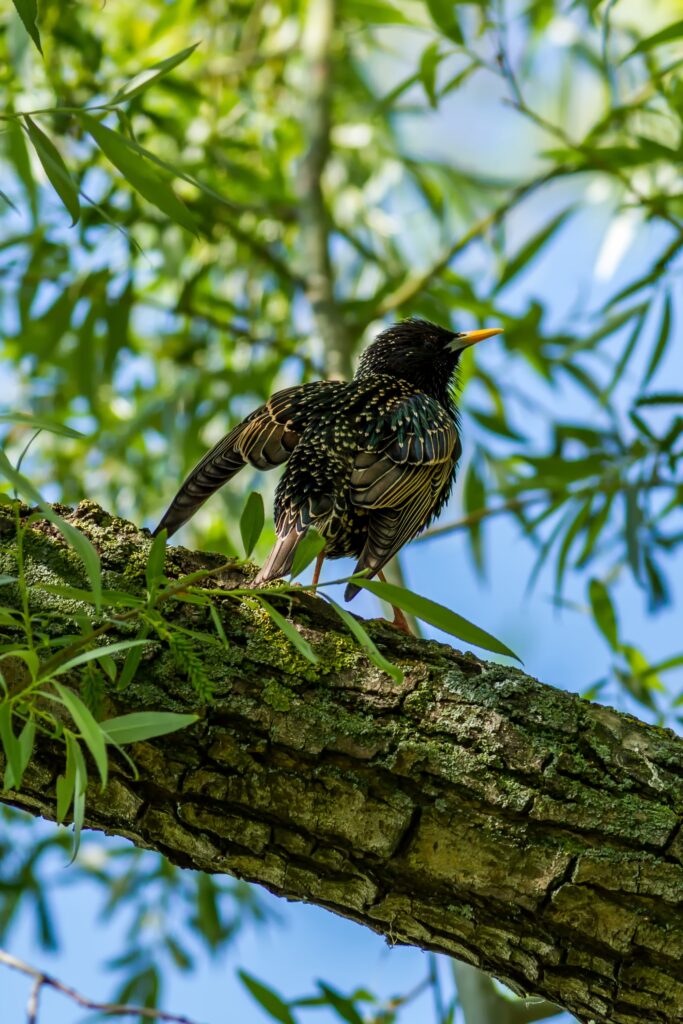
It’s not uncommon to see a European Starling across North Carolina any time of year.
Non-native European starlings have rapidly been among the most common bird species.
They are large, dark birds that shimmer in various shades of blue, purple, and green.
Beetles, spiders, caterpillars, flies, earthworms, and other insects make up the bulk of a starling’s diet.
Besides seeds and grains, they also consume fruit such as holly berries, sumac, cherries, mulberries, blackberries, and Virginia Creeper.
They inhabit the majority of the North American continent.
Some people find these birds annoying because of their aggressive nature and the fact that they congregate in big, loud flocks that they may be seen sitting on top of trees or swarming over fields.
Sunflower seeds, peanuts, suet, and cracked corn are all great ways to increase the number of European Starlings visiting your garden feeders.
19. Dark-eyed Junco

Although the dark-eyed Junco is present across North Carolina throughout the year, it is most prevalent during the winter months of November through April.
Sparrows with dark eyes, known as Juncos, come in a range of hues.
In the east, they tend to have a grayish tint, but in the west, you’re more likely to see brown, black, and white.
They are abundant all throughout the continent and may be spotted on the ground in both woodland and grassy environments.
In the Appalachian Mountains and the western United States, there are some who spend the winters there.
During the winter, those that spend the year breeding across Alaska and Canada travel south to the rest of the United States.
Sunflower seeds, cracked corn, nyjer, peanuts, and millet are just some of the seed varieties that will entice more Dark-eyed Juncos to your garden feeders.
The finest feeders may be placed on platforms or distributed over the ground.
20. Red-Winged Blackbird
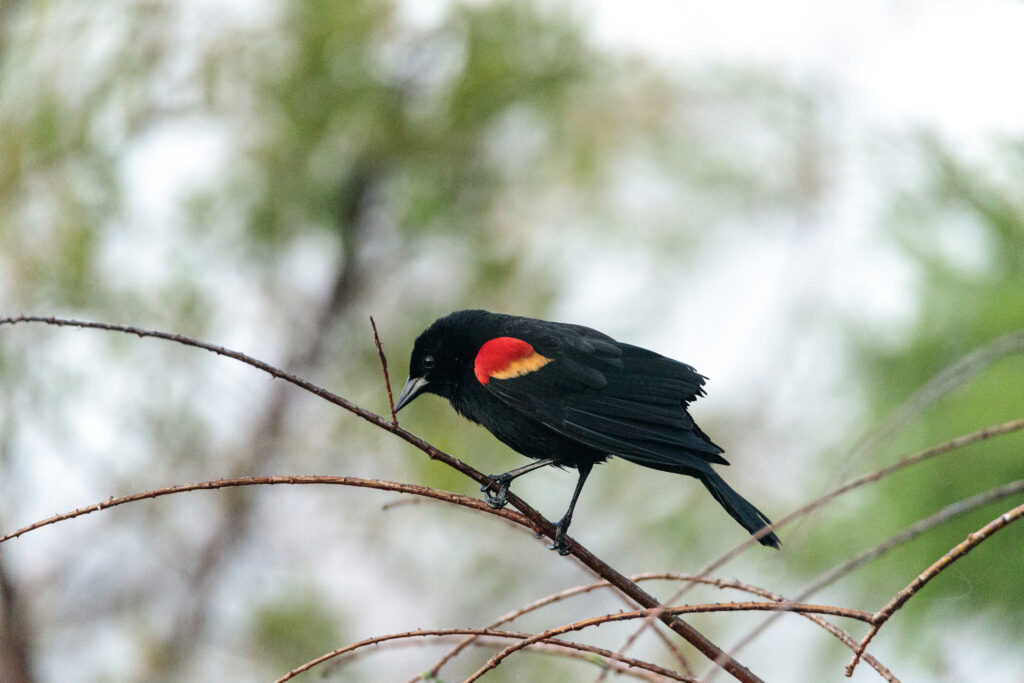
Throughout North Carolina, you may see blackbirds throughout the whole year.
Common and easily recognized because of their distinctive yellow and red shoulder spots, red-winged blackbirds are otherwise entirely black.
The females are underwhelming with their dark streaky color and lackluster patterning.
The red-winged blackbird is a year-round inhabitant of most of North America, from Central America to Alaska.
Although some stay in their northern Canadian homes throughout the winter, others go very short distances southward.
They are commonly seen sitting on power poles, and males will aggressively defend their territory during the nesting season, attacking anybody they deem a threat to their nests.
During the colder months of the year, millions of them gather in one place to spend the night.
By scattering a variety of seeds and grains on the grass, you may entice red-winged blackbirds to visit your garden.
They’ll also eat from platform feeders and big tube feeders.
21. Gray Catbird
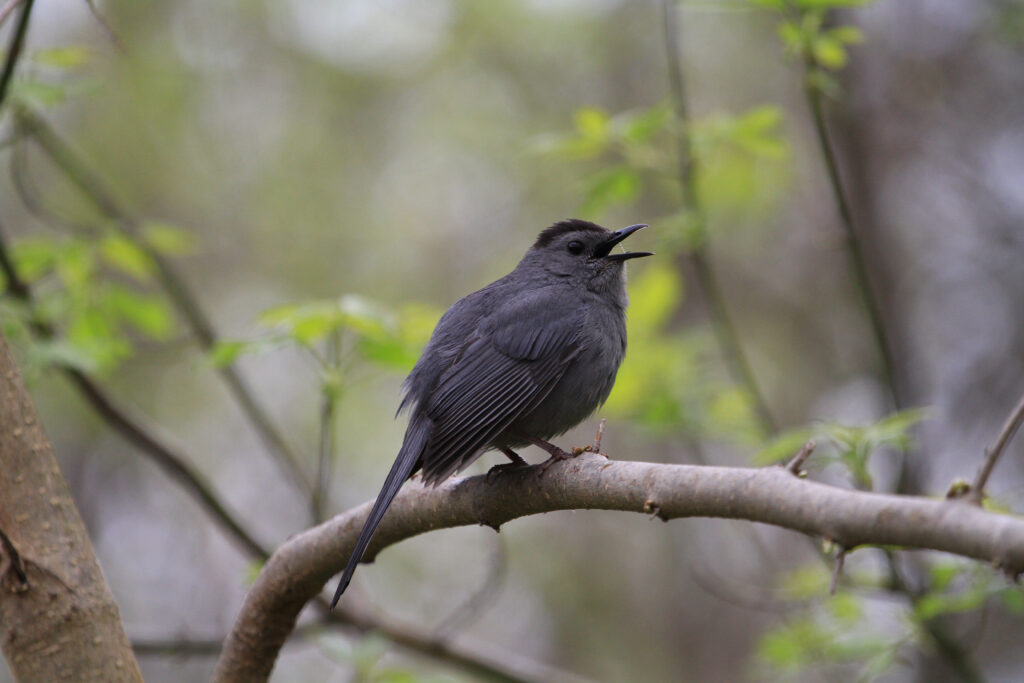
Though they may be seen at any time throughout the year in North Carolina, the best time to see a Gray Catbird is from mid-April to November.
The Gray Catbird’s approximately ten-minute-long “catty mew” sound is the inspiration for its common name.
This species of songbird is medium in size and features a slate gray body, black tail and head, and a rusty red spot beneath the base of the tail.
Once the breeding season is through, gray catbirds migrate to the West Indies, Mexico, the Gulf Coast, and Central America from their breeding grounds across much of the United States.
Along the Atlantic coast, some stay put all year.
The Gray Catbird lives in thickets of trees and bushes, as well as in forest hedgerows and in peripheries.
Planting serviceberry, dogwood, and winterberry trees or bushes in your yard can bring numerous Gray Catbirds to your bird feeders.
Conclusion
In conclusion, North Carolina is home to a rich and diverse array of small birds, each with its unique characteristics, behaviors, and songs.
From the vibrant colors of the American Goldfinch to the charming personalities of the Tufted Titmouse, these feathered creatures offer a glimpse into the natural beauty and wonder of the state’s wildlife.
Whether you’re an experienced birdwatcher or simply someone who enjoys observing the beauty of nature, exploring the 21 types of small birds in North Carolina is an experience that is sure to leave a lasting impression.
So, next time you’re out and about in the natural landscapes of NC, be sure to keep an eye and an ear out for these tiny treasures.
FAQ
What is the smallest bird species found in North Carolina?
The smallest bird species found in North Carolina is the Ruby-throated Hummingbird, which measures just 3-4 inches in length.
What is the most common small bird in North Carolina?
The most common small bird in North Carolina is the Carolina Chickadee, which is known for its distinctive black cap and white cheeks.
What is the best time of year to go birdwatching in North Carolina?
The best time of year to go birdwatching in North Carolina is during the spring and fall migration periods, which occur from March to May and from September to November, respectively.
Are all small birds in North Carolina migratory?
Not all small birds in North Carolina are migratory. While some species, such as the American Goldfinch, migrate during the winter months, others, like the Carolina Chickadee, are year-round residents.
What can I do to attract small birds to my backyard in North Carolina?
To attract small birds to your backyard in North Carolina, you can provide food sources such as birdseed, suet, and nectar, as well as nesting materials and water sources like bird baths. Planting native trees and shrubs can also provide natural habitats and shelter for small birds.
Are small birds in North Carolina important to the ecosystem?
Yes, small birds in North Carolina play an important role in the ecosystem as pollinators, insect eaters, and seed dispersers. They also contribute to the overall biodiversity and health of the natural environment.
Last Updated on March 22, 2023 by Lily Aldrin
